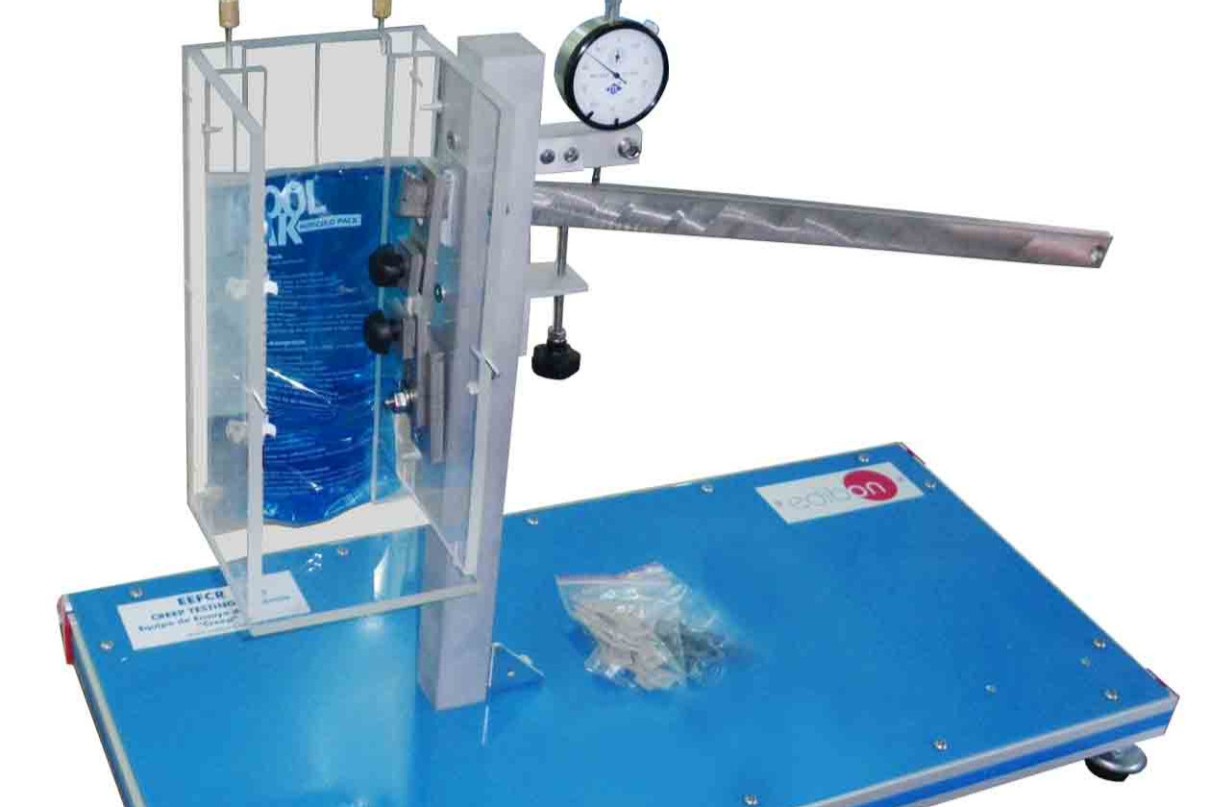
Creep testing might sound like something out of a horror movie, but it’s actually a crucial process in materials science. Creep refers to the slow, permanent deformation of materials under constant stress over time. This test helps engineers understand how materials behave under long-term loads, which is vital for designing everything from bridges to jet engines. Imagine a metal beam slowly bending under a heavy weight—creep testing measures how much and how quickly this happens. Understanding creep ensures safety and reliability in structures and machinery. Ready to learn some intriguing facts about this essential test? Buckle up!
What is Creep Testing?
Creep testing measures how materials deform under constant stress over time. Engineers and scientists use it to predict how materials will behave in real-world conditions. Here are some fascinating facts about this crucial process.
-
Creep testing is essential for safety. It helps ensure that materials used in construction, aerospace, and other industries won't fail unexpectedly.
-
Three stages of creep exist. These stages are primary, secondary, and tertiary. Each stage shows different rates of deformation.
-
Temperature affects creep. Higher temperatures usually increase the rate of creep, making materials deform faster.
-
Stress levels matter. Higher stress levels can accelerate the creep process, leading to quicker material failure.
-
Creep testing can last years. Some tests run for extended periods to simulate long-term use, sometimes even decades.
Why is Creep Testing Important?
Understanding the importance of creep testing helps appreciate its role in various industries. Here are some reasons why it's so vital.
-
Prevents structural failures. By predicting how materials will behave, engineers can design safer structures.
-
Improves material selection. It helps in choosing the best materials for specific applications, ensuring longevity and reliability.
-
Aids in quality control. Manufacturers use it to maintain high standards in their products.
-
Supports innovation. New materials can be tested for their long-term performance, fostering technological advancements.
-
Reduces maintenance costs. Predicting material behavior can lead to fewer repairs and replacements.
How is Creep Testing Conducted?
The process of conducting creep tests involves several steps and specialized equipment. Here's a closer look at how it's done.
-
Sample preparation is crucial. The material sample must be carefully prepared to ensure accurate results.
-
Constant stress is applied. A specific amount of stress is applied to the sample, and it remains constant throughout the test.
-
Temperature control is vital. The test is often conducted at elevated temperatures to simulate real-world conditions.
-
Measurements are taken over time. Deformation is measured at regular intervals to track the creep process.
-
Data analysis follows. The collected data is analyzed to understand the material's behavior and predict its lifespan.
Types of Creep Testing
Different types of creep tests are used depending on the material and application. Here are some common types.
-
Tensile creep testing. This test measures how a material stretches under constant stress.
-
Compressive creep testing. It evaluates how a material compresses under constant stress.
-
Flexural creep testing. This test assesses how a material bends under constant stress.
-
Creep rupture testing. It determines the time it takes for a material to fail under constant stress.
-
Stress relaxation testing. This test measures how stress decreases over time while the material is held at a constant strain.
Applications of Creep Testing
Creep testing has a wide range of applications across various industries. Here are some examples.
-
Aerospace industry. Ensures materials used in aircraft can withstand long-term stress and high temperatures.
-
Construction industry. Helps in selecting materials for buildings, bridges, and other structures.
-
Power generation. Ensures materials used in turbines and reactors can handle high temperatures and stress.
-
Automotive industry. Tests materials for engines, exhaust systems, and other components.
-
Medical devices. Ensures materials used in implants and other devices can withstand long-term use.
Interesting Facts About Creep Testing
Here are some lesser-known but intriguing facts about creep testing.
-
Historical significance. Creep testing has been around since the early 20th century, playing a crucial role in material science.
-
Microstructural changes. Creep can cause changes at the microscopic level, affecting the material's properties.
-
Environmental factors. Humidity and other environmental conditions can also influence creep behavior.
-
Predictive modeling. Advanced software can now predict creep behavior, reducing the need for lengthy tests.
Final Thoughts on Creep Testing
Creep testing is crucial for understanding how materials behave under long-term stress. Knowing the creep properties of a material helps engineers design safer, more reliable products. This testing method is especially important in industries like aerospace, construction, and manufacturing, where materials often face extreme conditions.
By studying creep behavior, we can predict how materials will perform over time, preventing potential failures. This knowledge leads to better material selection and improved safety standards. Engineers can also use creep data to innovate and create more durable materials.
Understanding creep testing isn't just for scientists and engineers. It's valuable for anyone interested in how everyday items, from bridges to jet engines, are designed to last. So, next time you see a skyscraper or an airplane, remember the role of creep testing in keeping those structures safe and sound.
Was this page helpful?
Our commitment to delivering trustworthy and engaging content is at the heart of what we do. Each fact on our site is contributed by real users like you, bringing a wealth of diverse insights and information. To ensure the highest standards of accuracy and reliability, our dedicated editors meticulously review each submission. This process guarantees that the facts we share are not only fascinating but also credible. Trust in our commitment to quality and authenticity as you explore and learn with us.
